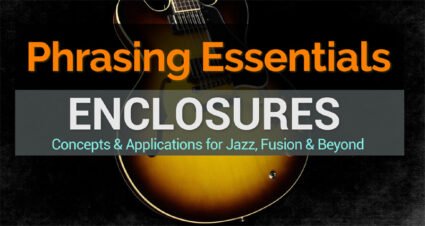Our cover of Janiva Magness – I won’t Cry.
Voice – Madam Blanc
Guitar – Serge Bardot
The harder the words, the colder the night
The closer the hand, the sharper the knife
The longer I hold out, the further you seem to fly
I get cut and I might bleed
But I won’t cry!
The bigger the love, the blacker the bruise
The less that you give, the more i could use
The longer you hold out
The further you seem to fly
I get cut and I might bleed
But I won’t cry!
The quicker the lie
(I might bleed)
The softer the moan
(I might bleed)
All of those whisper
(I might bleed)
They just sink like a stone
(I might bleed)
I think momma should push on
(I might bleed)
Before these fists just fly
I get cut and I might bleed
But I won’t cry!
The stronger the bond, oh, oh
The tougher the loss, oh, oh
The pain in my heart, oh, oh
Until it just stops
Once more I’ll just hold on
Until I get strength to fly
I get cut and I might bleed
But I won’t cry!
I get cut and I might bleed
But I won’t cry!
I get cut and I might bleed
But I won’t cry!
I get cut and I might bleed
But I won’t cry!
Janiva Magness conveys a message of resilience and strength in the face of challenges, pain, and heartache. She talks about enduring difficult situations and emotional pain without allowing themselves to show vulnerability through tears.
The lyrics talk about the various hardships and struggles that Janiva faces, such as feeling cut, bruised, and hurt by love, lies, and loss. Despite experiencing these painful moments, she emphasizes her determination not to cry as a way to show inner strength and resilience.
The repeated refrain of “I get cut and I might bleed, but I won’t cry” reinforces the theme of enduring pain and difficulties without succumbing to tears. It portrays a sense of defiance and courage in the face of adversity, suggesting a refusal to let emotional wounds break them down.
The song is about facing challenges head-on, acknowledging the pain and struggles, but choosing to remain strong and composed despite the hardships. It conveys a message of inner strength, resilience, and the power to persevere through tough times without giving.




